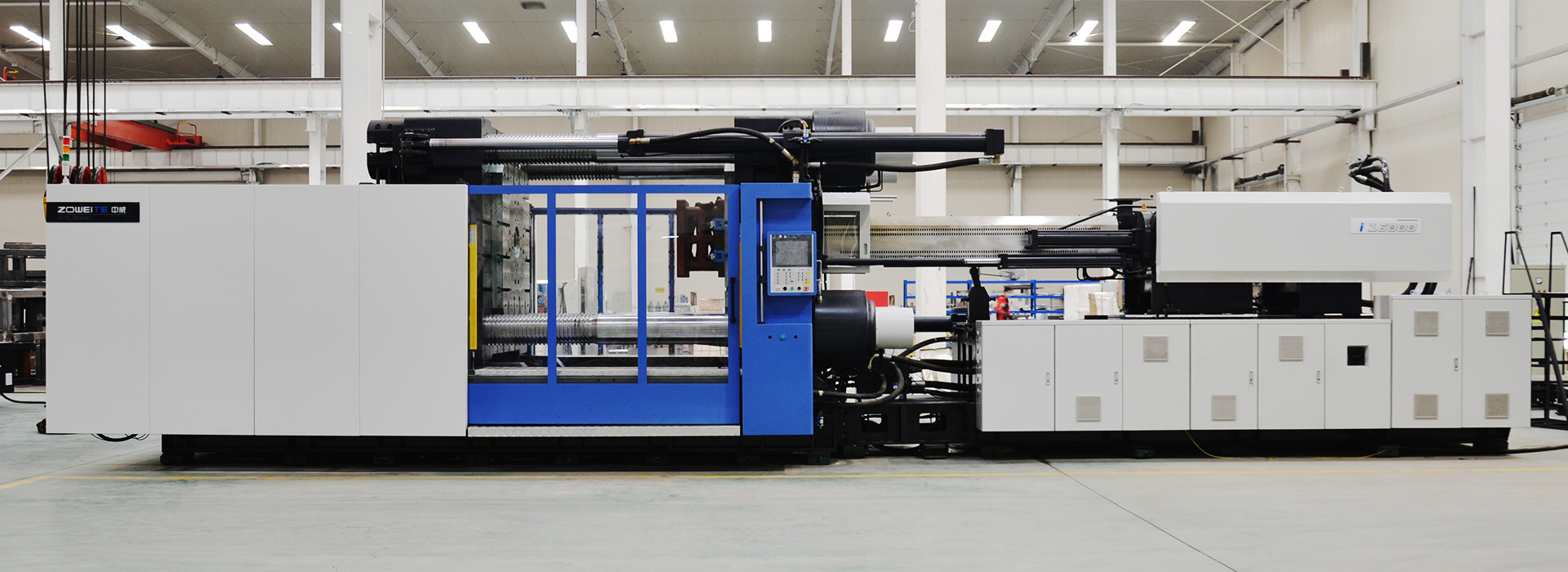Fracture analysis and preventive measures of injection molding machine screw
2023-08-15
An injection molding machine screw is a crucial component used to transport, compress, and melt the polymer material during the plastic injection molding process. However, they are often subjected to long-term wear and tear, leading to damage and failure. In this article, we will discuss the fracture analysis and preventative measures of injection molding machine screws.
Fracture analysis
Injection molding machines screws can fail in a variety of ways, including:
Failure modes
Fatigue failure: caused by repeated cyclic loading, which leads to the formation of cracks that grow over time, eventually leading to screw fracture.
Overloading failure: caused by the application of excessive stress or load, exceeding the screw's yield strength, and leading to screw fracture.
Corrosion failure: caused by exposure to corrosive environments, which weakens the screw and leads to eventual fracture.
Causes of failure
The following factors can contribute to screw failure:
Long-term wear and tear: due to the repeated stress placed on the screw, it can become worn and weakened over time.
High levels of stress or load: if the screw is subjected to high levels of stress or load, it can become permanently deformed, leading to eventual failure.
Corrosive environments: exposure to corrosive materials can weaken the screw and cause it to fail prematurely.
Preventive measures
To prevent screw failure in injection molding machines, the following preventive measures can be taken:
Material selection
The selection of suitable materials can help prevent screw failure. High-quality materials that resist wear, corrosion, and fatigue can help extend the life of the screw. Materials such as bimetallic screws that have a layer of wear-resistant and corrosion-resistant material can also help prevent screw wear and corrosion.
Screw design
The design of the screw can also help prevent failure. A properly designed screw with adequate undercut grooves and lands can reduce axial load and stress, minimizing the risk of screw failure. Additionally, screw geometry can be optimized to minimize shear stress and prevent fatigue failure.
Regular maintenance
Regular maintenance of the injection molding machine screw can help prevent premature failure. This includes routine cleaning and inspection for signs of wear or corrosion.
Proper operation
Operators should run the machine within its recommended operating parameters to avoid overloading the screw, which can lead to failure. Additionally, operators should not overload the machine with excessive workloads.
Lubrication
Regular lubrication of the screw can help reduce wear and prevent corrosion, extending the screw's lifespan.
The injection molding machine screw is a crucial component in the plastic injection molding process. It is subjected to long-term wear and tear that can lead to failure if not adequately maintained. Preventive measures like material selection, screw design, regular maintenance, and proper operation can help prevent screw failure, ensuring the machine runs smoothly and prolonging its lifespan.




